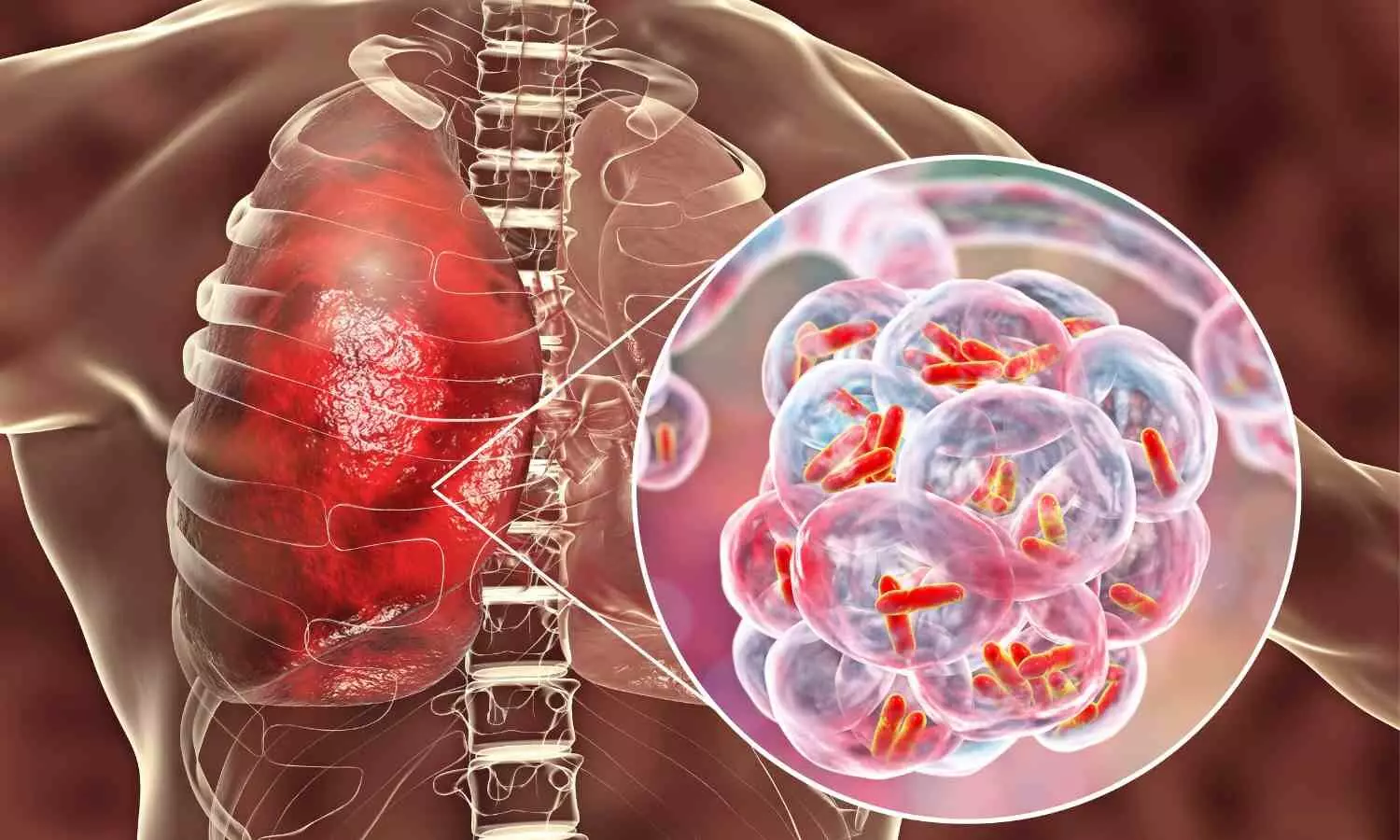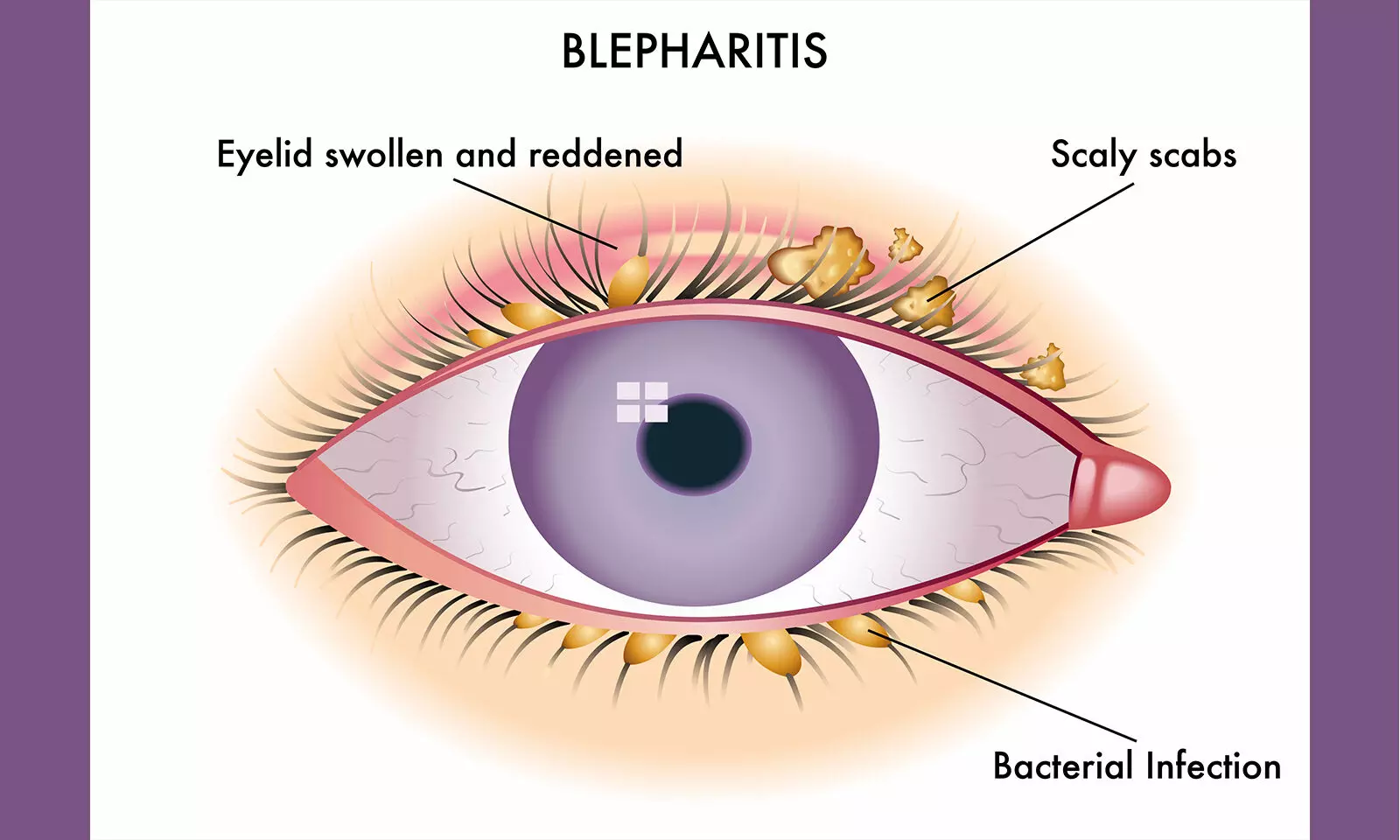Low-Protein Diet highly beneficial in Dialysis Patients, reports study

Researchers have found in a new study that long-term adherence to a low-protein diet may help preserve residual kidney function in dialysis patients. Additionally, this dietary approach has been linked to increased serum albumin levels, reduced serum phosphorus, and improved nutritional status and electrolyte balance.
A low-protein diet is essential for the nutritional management of chronic kidney diseases as it can reduce renal burden. However, the effect of low-protein diets on dialysis patients compared to pre-dialysis patients remains unclear. This study aims to compare residual renal function among dialysis patients following a low-protein diet versus a normal diet, offering valuable insights into the optimal nutritional strategy for preserving residual renal function. This meta-analysis has been registered on PROSPERO, an international registry of prospective systematic reviews. We conducted a comprehensive and systematic literature search using PubMed, Cochrane Library and Web of Science (WOS). Our search strategy was designed to discover all relevant studies investigating the influence of low-protein diets on residual renal function among dialysis patients. Four studies met the inclusion criteria. Heterogeneity was discussed through subgroup analysis of dialysis method, the addition of ketoacid and other relevant factors. Results: They included four prospective studies of low-protein diets among dialysis patients, each of which included at least 40 participants. Individuals receiving a 12-months low-protein diet had a higher GFR (MD = 1.37 ml/min; 95% CI:0.18 to 2.55), while daily urine volume decreasing more slowly (MD = 660 ml; 95% CI: 110 to 1210). In addition, dialysis patients undergoing a low-protein diet for 4 or 12 months had reduced serum phosphorus (MD=-0.74 g/dl; 95% CI: -1.04 to -0.45). Their serum albumin was higher than dialysis patients received a free-choice diet (MD = 4.00 g/dl; 95% CI: 2.46 to 5.54). Dialysis patients who adhere to a long-term low-protein diet may have a positive effect on residual kidney function. In addition, dialysis patients receiving a low-protein diet increased serum albumin, reduced serum phosphorus levels, and maintained a better nutritional status and electrolyte balance.
Reference:
Xie, J., Liu, X., Ling, Y. et al. The impact of low-protein diet on residual renal function in dialysis patients: a systematic review and metaanalysis. BMC Nephrol 26, 122 (2025). https://doi.org/10.1186/s12882-025-04042-1
Keywords:
Low-Protein, Diet, highly, beneficial, Dialysis, Patients, reports, study, BMC Nephrology, Xie, J., Liu, X., Ling, Y, Low-protein diet, Renal function, Hemodialysis, Peritoneal dialysis, Nutrition
Powered by WPeMatico









